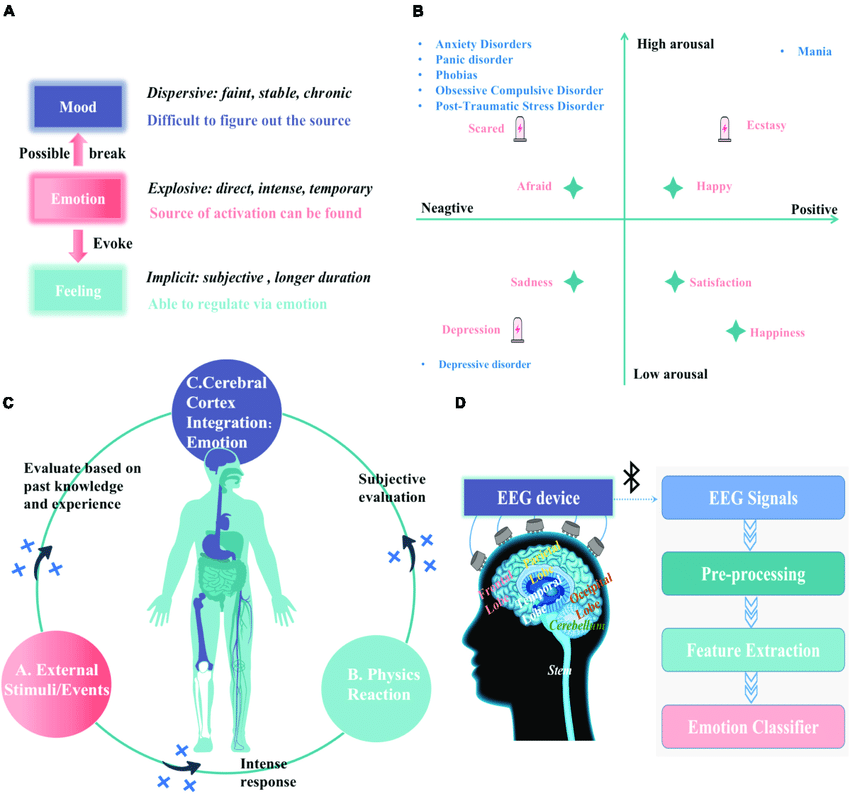In the vast ocean of human emotions, there lies a treasure trove of insights waiting to be discovered. Emotional monitoring, a concept that has gained significant traction in recent years, offers a compass to navigate these depths, allowing individuals to understand, manage, and harness their emotions effectively. As technology intertwines further with our daily lives, the landscape of emotional monitoring is evolving rapidly, promising both profound opportunities and challenges.
At its core, emotional monitoring is the practice of observing and assessing one’s emotional state and responses. It involves recognizing emotions as they arise, understanding their triggers, and discerning their impact on behavior and well-being. Traditionally, this process relied heavily on introspection and self-awareness. However, with advancements in technology, particularly in fields like artificial intelligence (AI) and wearable devices, the scope of emotional monitoring has expanded exponentially.
Wearable devices equipped with biometric sensors now have the capability to detect subtle physiological changes indicative of different emotional states. From heart rate variability and skin conductance to facial expressions and voice patterns, these devices offer a window into the wearer’s emotional landscape. By analyzing these data points in real-time, individuals can gain valuable insights into their emotional patterns, allowing for proactive interventions to regulate mood and stress levels.
Moreover, AI-driven algorithms are revolutionizing emotional monitoring by providing personalized and context-aware insights. These algorithms can process vast amounts of data to identify patterns and correlations unique to each individual. For example, they can recognize patterns in communication styles, social interactions, and online behavior to gauge emotional well-being and predict potential fluctuations. This integration of AI not only enhances the accuracy of emotional monitoring but also opens up new avenues for intervention and support.
Supportive
The implications of emotional monitoring extend far beyond individual well-being, permeating various aspects of society. In healthcare, it holds the promise of revolutionizing mental health diagnosis and treatment. By providing clinicians with objective data on patients’ emotional states, it can enable more precise assessments and personalized interventions. Similarly, in education, emotional monitoring can inform teaching practices tailored to students’ emotional needs, fostering a more supportive and conducive learning environment.
However, amidst the promise of emotional monitoring lie ethical and privacy concerns that demand careful consideration. The collection and analysis of sensitive emotional data raise questions regarding consent, data ownership, and potential misuse. There’s a fine line between empowering individuals with self-awareness and intruding into their privacy. Striking the right balance requires robust regulatory frameworks and transparent practices to ensure that emotional monitoring technologies serve the interests of individuals without compromising their autonomy or dignity.
Furthermore, the cultural and contextual nuances of emotions pose challenges to the universality of emotional monitoring tools. Emotions are deeply influenced by cultural norms, social dynamics, and personal experiences, making it challenging to develop one-size-fits-all solutions. Recognizing this diversity is essential to avoid bias and ensure the inclusivity and effectiveness of emotional monitoring technologies across different populations and contexts.
Conclusion
Emotional monitoring represents a transformative frontier in understanding and managing human emotions. With advancements in technology and a growing emphasis on mental health and well-being, its significance is poised to increase in the years to come. However, realizing its full potential requires a holistic approach that addresses not only technological advancements but also ethical, cultural, and societal considerations. By navigating these challenges thoughtfully, emotional monitoring can become a powerful tool for enhancing human flourishing in the digital age.

